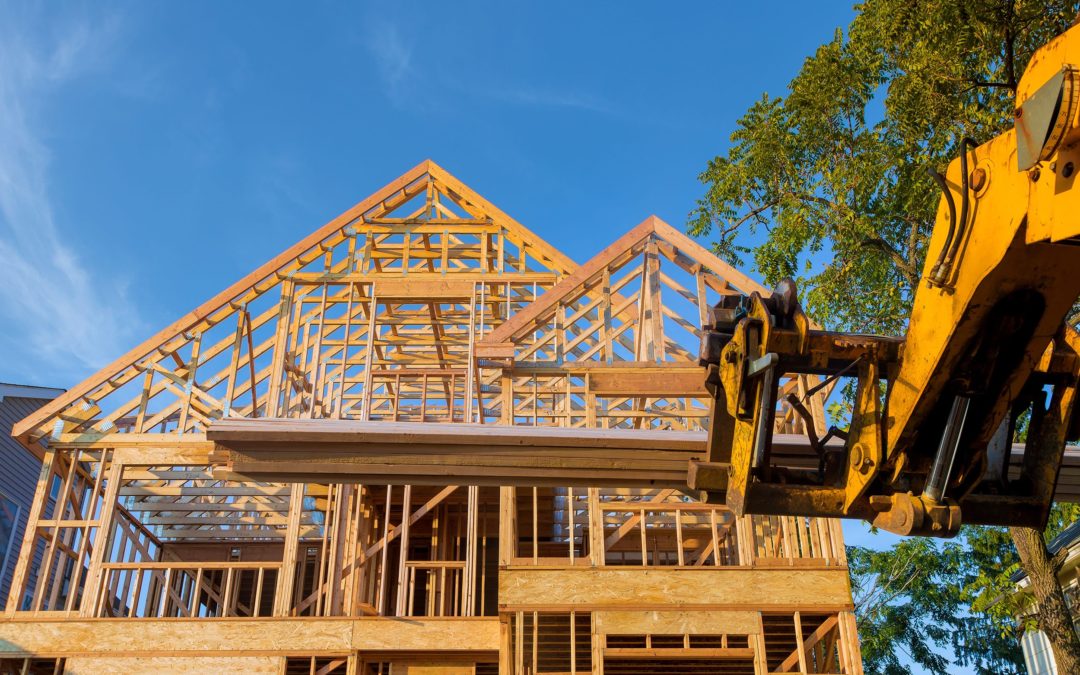Adding more space to your home is exciting—but it can also become expensive fast if you start without a plan. Many Baltimore County homeowners begin their home addition projects with good intentions and end up overwhelmed by hidden costs, unclear timelines, and contractor confusion. This guide breaks everything down into simple, manageable steps so you can expand your living space without draining your savings.
Understand What You Really Need Before You Start
The first step in planning a budget-friendly home addition is understanding the purpose behind the project. Are you trying to add a bedroom? Create an office? Extend your kitchen? Build a sunroom?
Homeowners often jump straight into design ideas without clarifying the core function. This leads to unnecessary square footage, pricey layouts, and materials that don’t align with your long-term goals. Define the “why” of your addition. Once you know exactly what problem you’re solving, it becomes easier to manage cost expectations and avoid waste.
Set a Realistic Budget That Accounts for Hidden Expenses
A home addition is more than just material and labor. Your budget needs to factor in permits, design fees, demolition, site prep, inspections, and potential structural reinforcements. Many homeowners researching home renovation in baltimore county discover that ignoring these extras leads to budget overruns halfway through the project.
When you create your budget, add a 10–15% buffer for unexpected issues. Older Baltimore County homes often have surprises behind the walls—like outdated plumbing or electrical work—that must be updated before your home extension can proceed safely.
Choose the Right Type of Addition for Your Home
Not every home needs a full two-story addition. Some properties benefit more from small bump-outs, while others can simply extend house footprints to improve flow. Consider these common, budget-friendly options:
-
Room Bump-Out: Adds a small amount of space without major structural changes. Great for expanding a kitchen or bathroom.
-
Garage Conversion: Often more affordable than a new build; perfect for offices, gyms, or guest rooms.
-
Sunroom Addition: Offers extra living space at a lower cost than a full-scale house extension.
-
Second-Story Addition: Costlier, but adds significant square footage without reducing yard space.
Your property’s foundation, zoning, and existing structure determine what’s possible—so consult a contractor early to avoid planning a project your home can’t support.
Understand Local Building Codes and Permits
Baltimore County has strict building codes to ensure residential safety. Skipping permits or ignoring regulations can result in fines, delays, or forced project reversal.
Before you build a home addition, check requirements for:
-
Setback restrictions
-
Height limitations
-
Foundation rules
-
Utility easements
-
Electrical and plumbing codes
A licensed contractor will often handle the permit process for you, but it’s still crucial to understand what approvals are needed and how long they take. This helps you estimate timelines realistically.
Get Detailed Estimates From Multiple Contractors
One of the biggest mistakes homeowners make is accepting the first quote they receive. Prices vary significantly across contractors depending on their experience, workload, materials, and timelines.
When comparing quotes, make sure each estimate includes:
-
Labor costs
-
Material breakdown
-
Permit fees
-
Cleanup and disposal
-
Electrical or plumbing upgrades
-
Warranty information
Also ask for references and photos of similar home extension projects they’ve completed. The cheapest contractor isn’t always the most cost-effective—poor workmanship can lead to expensive repairs later.
Create a Phased Plan to Stay on Budget
If your dream addition seems too costly to complete all at once, consider phasing the project. Many Baltimore County homeowners choose to finish structural work first and complete interior upgrades gradually.
A phased plan helps you:
-
Spread out expenses
-
Avoid large loans
-
Keep your project aligned with long-term goals
-
Avoid compromising quality due to rushed decisions
Discuss phasing options with your contractor to see what can be built now versus later without disrupting structural integrity.
Select Cost-Effective Materials Without Sacrificing Quality
Material choices can dramatically impact your budget. Premium finishes are appealing, but they’re not always necessary to achieve a great result.
Consider cost-smart alternatives such as:
-
Engineered wood instead of hardwood
-
Vinyl windows instead of wood-framed
-
Prefabricated components for quicker installation
-
Laminate or quartz alternatives to stone countertops
Focus your spending where it matters most structurally, and choose smart alternatives for cosmetic elements.
Avoid Scope Creep by Sticking to the Original Plan
Scope creep happens when homeowners continually add “just one more thing” to the project. These additions might seem small individually, but they add up fast—especially when they require extra labor or design changes.
Stay disciplined. Revisit your original goal and budget before approving any new upgrades. If something isn’t essential to the function or safety of your addition, save it for a future project.
Plan for Energy Efficiency and Long-Term Savings
While upfront costs matter, so do long-term savings. Choosing efficient insulation, windows, HVAC updates, and LED lighting can reduce your energy bills for years.
Initial upgrades may cost slightly more, but the long-term value is significant for your overall home operating costs and property resale value.
Get Inspiration and Expert Tips From Reputable Resources
If you’re looking for design ideas, remodeling guidance, or smart ways to maximize your investment, check out this helpful guide on several meaningful ways to justify your next remodel. It can give you inspiration and help steer decisions that support both your vision and budget.
Final Thoughts: Smart Planning Helps You Build More for Less
A Baltimore County home addition doesn’t have to break the bank. With clear goals, a realistic budget, the right contractor, and smart design decisions, you can create functional, beautiful living space your family will enjoy for years.
Take time to plan, compare, and make informed decisions. Your wallet—and your home—will thank you for it.

